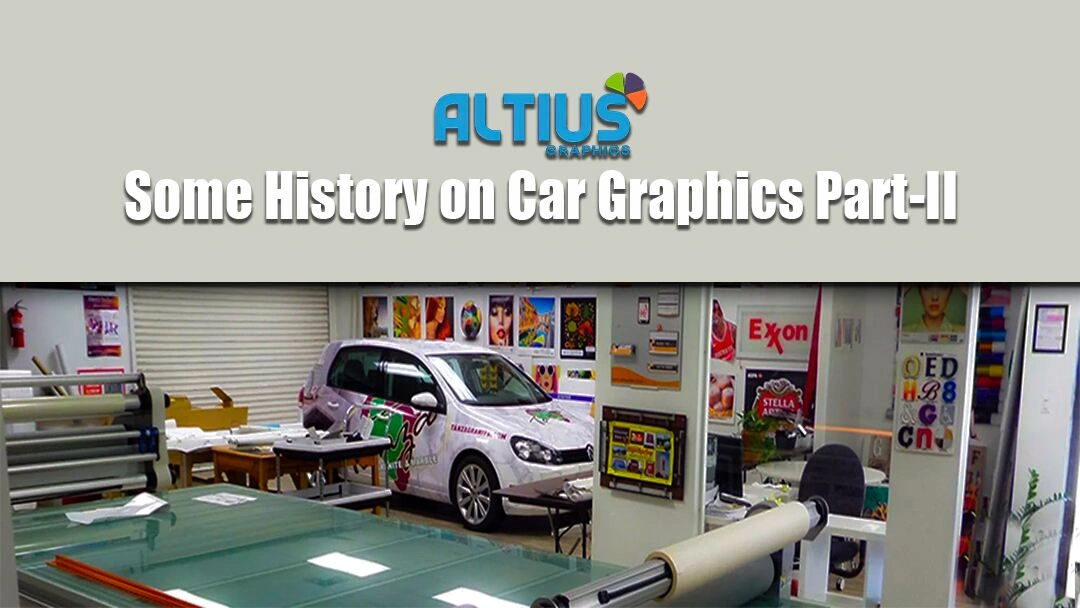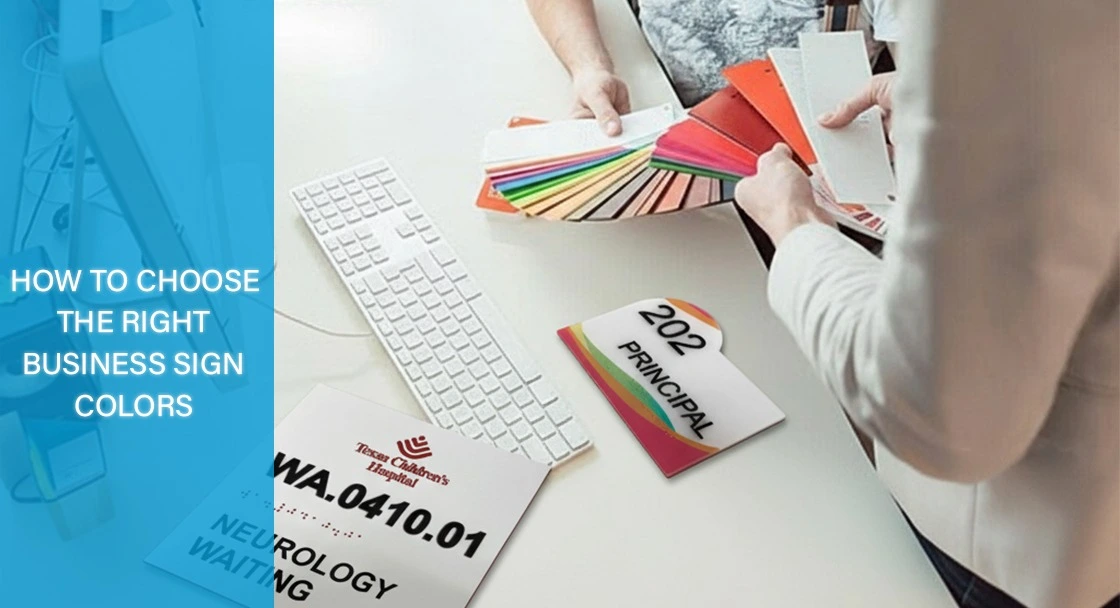Before collecting the knowledge about modern car graphics, read our previous blog.
Vehicle wraps can now be made from almost any digital image. Technological advances have resulted in new types of vinyl designed specifically for full vehicle wraps. These materials have air channels to prevent bubbles and microscopic glass beads to prevent the adhesive from taking hold until the panel is squeezed to completion.
With hundreds of years of history, it’s no surprise that vehicle graphics are so popular today. They enable people to personalize their vehicles without having to pay a high price for a custom auto shop. The effectiveness of commercial vehicle graphics has been demonstrated. According to Outdoor Advertising Magazine, outdoor mobile media billboards have a 97 percent recall rate, and the American Trucking Association found that 91 percent of the target audience noticed the text and graphics on truck advertising.
Paint reigned supreme in the graphics world for over 50 years, from the most basic to the most extreme. However, by the late 1950s and early 1960s, a new material appeared on the scene and forever changed the world of graphics: vinyl chloride.
The Invention of Vinyl Chloride: 1926
Vinyl is a multipurpose material that can be found in a wide range of everyday products. The adaptability of this “plastic-like” material allows for a wide range of applications. It can be firm or flexible, thick or thin, and any color. But where did vinyl come from?
The Goodrich Corporation, formerly known as the BF Goodrich Company, discovered vinyl chloride by accident in 1926. As a result of the invention, new products, factories, and jobs were created in America. And the mobile advertising industry has seen tremendous growth as a result.
Vinyl as an Advertising Medium
Initially, only large clients such as the United States Air Force could afford to use self-adhesive vinyl graphics, but by the 1980s, vinyl production costs and die-cutting technology had become affordable enough for small businesses to letter their vehicles without paint.
By the early 1990s, colorful die-cut vinyl had become the primary method for big businesses to mark vehicles with lettering and logos, while paint remained king for customizers and enthusiasts.
In the late 1990s, new technologies emerged that allowed wide format electrostatic printers to print on vinyl, but like die-cut vinyl before it, only the largest companies could afford to use it. Furthermore, its capabilities in terms of design, color, and image quality were severely limited. A few companies tried wrapping vehicles, but with little success.
Vinyl Graphics Innovation for Lower Cost and Higher Quality
As the twenty-first century arrived, a convergence of technologies occurred that not only enabled start-ups to purchase the equipment required to print on large format vinyl, but also made the designs more striking than ever. The vinyl wrap was invented using piezoelectric inkjet printers, large format graphic design software, and computers capable of handling over a gigabyte of data.
Wraps have quickly taken over for both die-cut lettering and custom paint jobs as technology has improved over the last decade. The question is no longer “do vinyl graphics work and are they the best option for advertising?” It’s more like, “How can we perfect this medium and make it the best it can be?”
Today, designing, printing, and installing vinyl graphics on vehicles is a streamlined process that requires training, experience, and certifications.
Source Link:-
https://www.thesignstudioonline.com/design-tips-for-effective-signs/blog/topic/car-graphics
https://www.vehiclewrapping.com/the-history-of-vehicle-wrapping/



